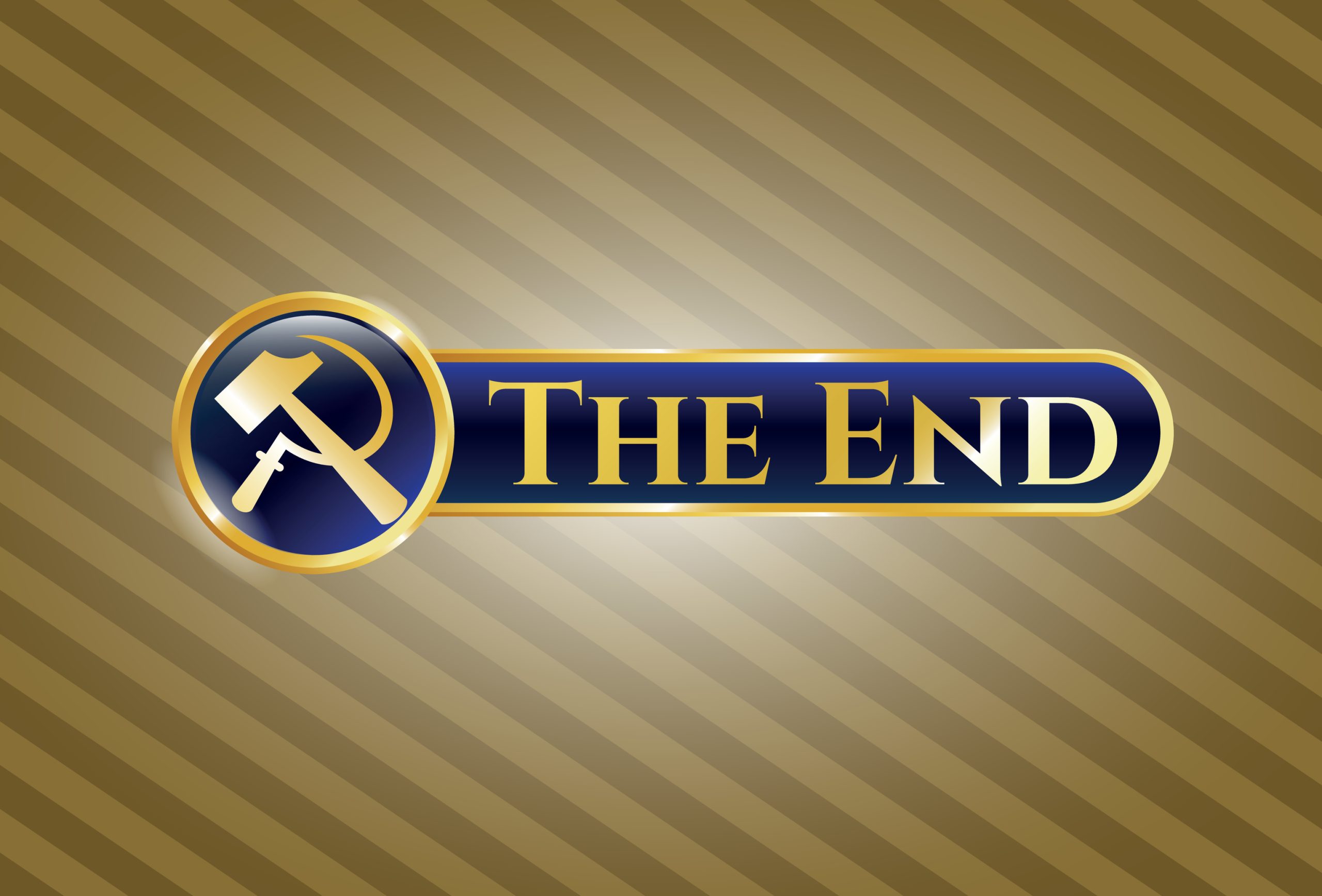Communism: The Rise and Fall of in Russia
The course begins with a survey of the intellectual and political climate in Russia during the 19th century, exploring the conditions that led to the rise of Marxist ideology. This includes an analysis of the socio-economic conditions of the Russian Empire, the influence of European philosophical thoughts, and the revolutionary movements that set the stage for the Bolshevik Revolution.
Students will then study the October Revolution of 1917, which brought Vladimir Lenin and the Bolsheviks to power. The course covers the initial challenges faced by the new regime, including civil war, foreign interventions, and the struggle to establish a socialist state in a predominantly agrarian society.
The narrative progresses to the era of Joseph Stalin, focusing on the radical transformations he implemented and the repressive measures used to enforce his policies. Topics include collectivization, industrialization, political purges, and the impact of Stalin’s policies on Russian society and the global communist movement.
Following Stalin’s death, the course examines the periods of de-Stalinization under Nikita Khrushchev, the stagnation under Leonid Brezhnev, and the attempts at reform under Mikhail Gorbachev, specifically perestroika and glasnost. Students will analyze how these reforms ultimately contributed to the weakening of communist authority and the USSR’s disintegration.
Learning Outcomes:
By the end of the course, students will be able to:
- Understand the historical, social, political, and economic factors that contributed to the rise of communism in Russia.
- Analyze the key policies and events during the Soviet era, including their implications for both the Soviet people and the international community.
- Evaluate the reasons behind the collapse of the Soviet Union and the end of its communist regime.
- Discuss the legacies of the Soviet era in contemporary Russia and global politics.
Methodology:
Teaching methods will include lectures, seminar discussions, document analyses, and guest lectures from historians. Students will engage with a variety of sources including primary documents, scholarly articles, and film and media from the period. Assessments will consist of essays, presentation projects, and examinations.
Conclusion:
This educational journey through the history of Russian communism promises not only to enhance students’ understanding of Russia’s complex historical dynamics but also to provide valuable insights into the factors leading to the rise and fall of political ideologies. This course will equip students with the analytical tools to critically assess historical events and their long-term social and political consequences.

